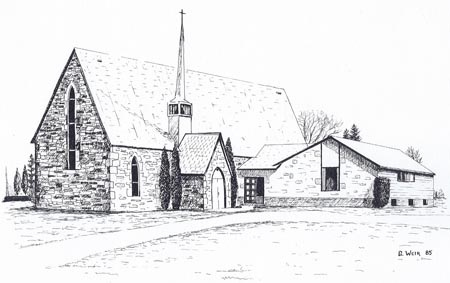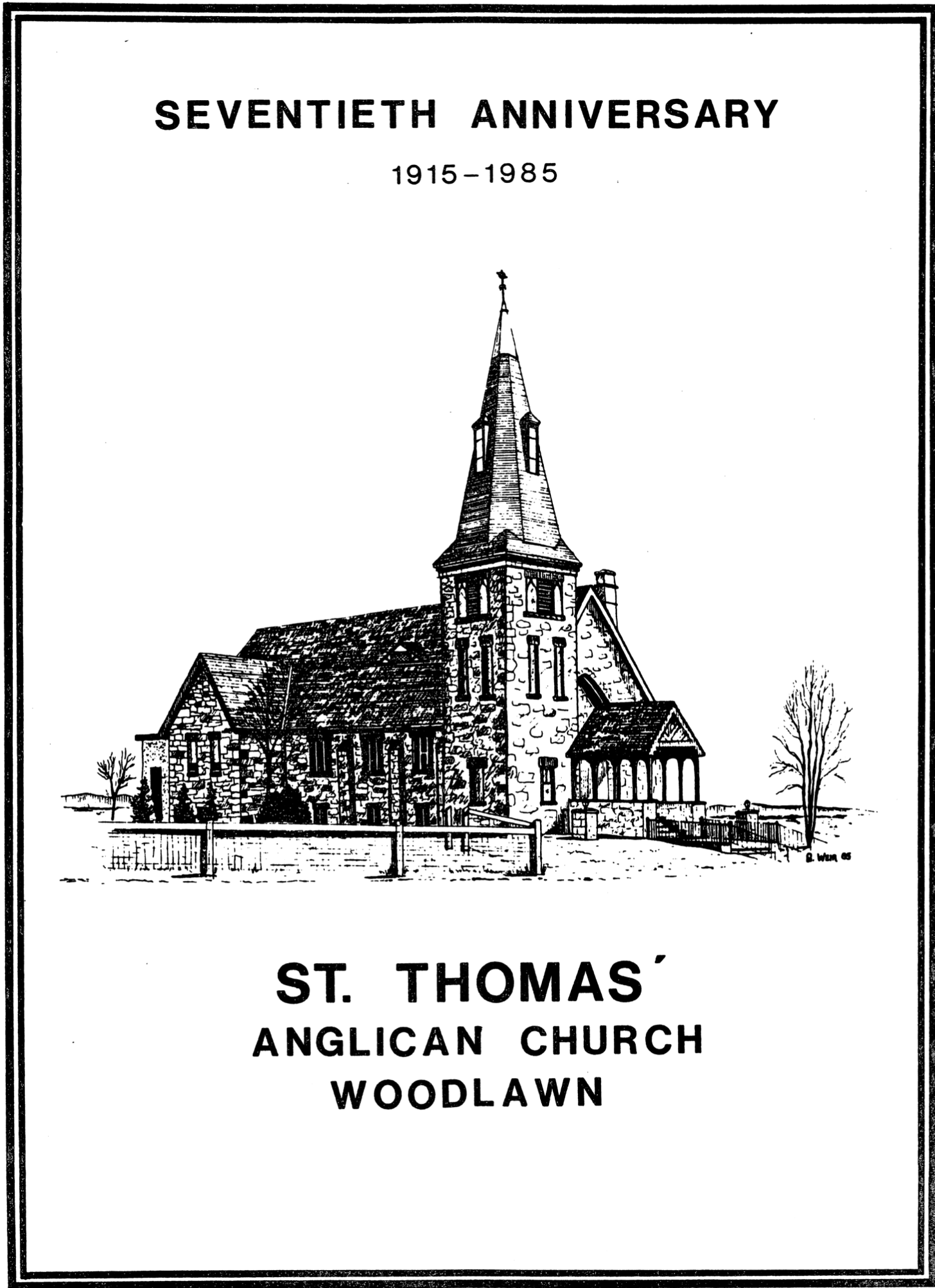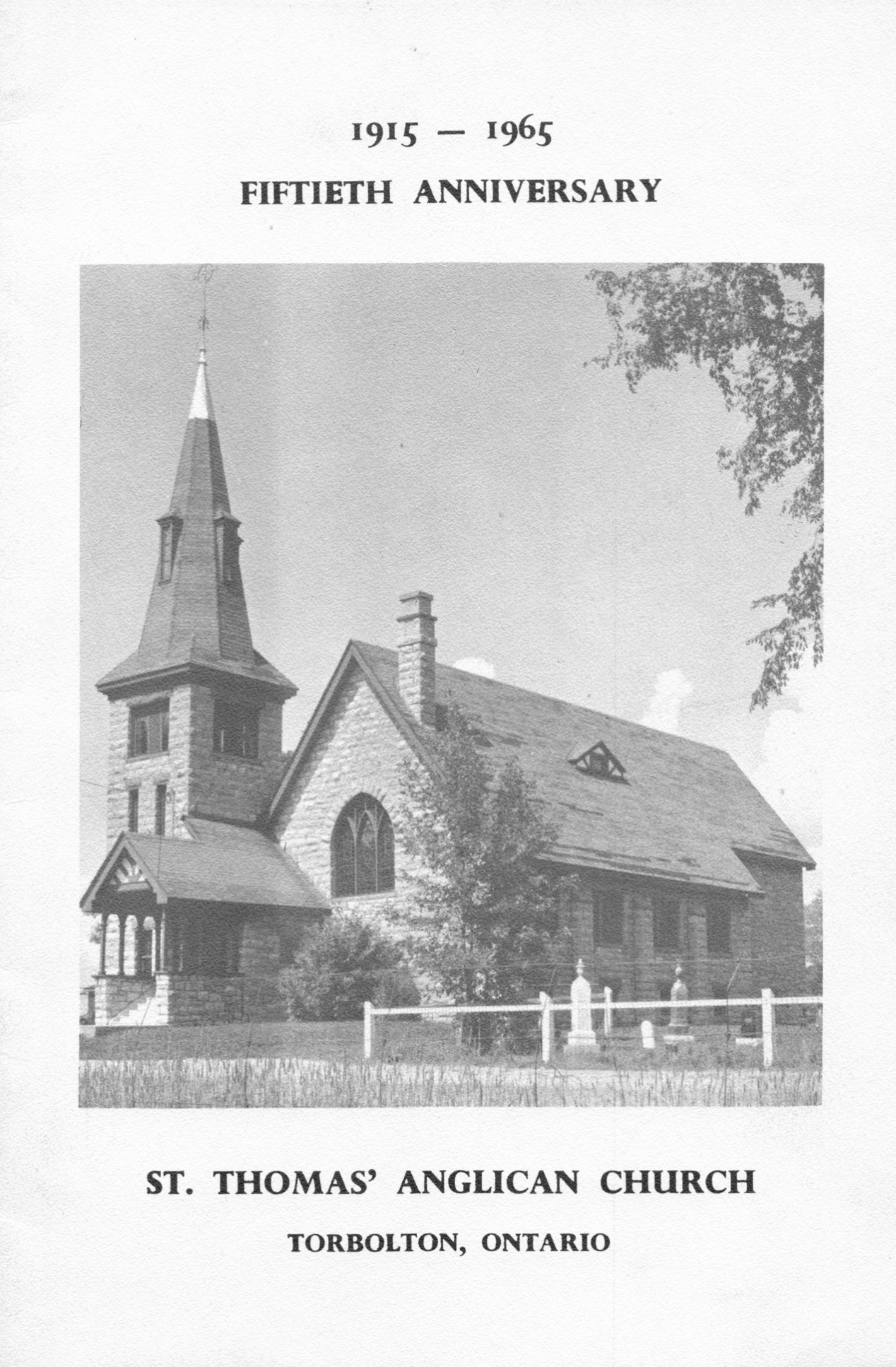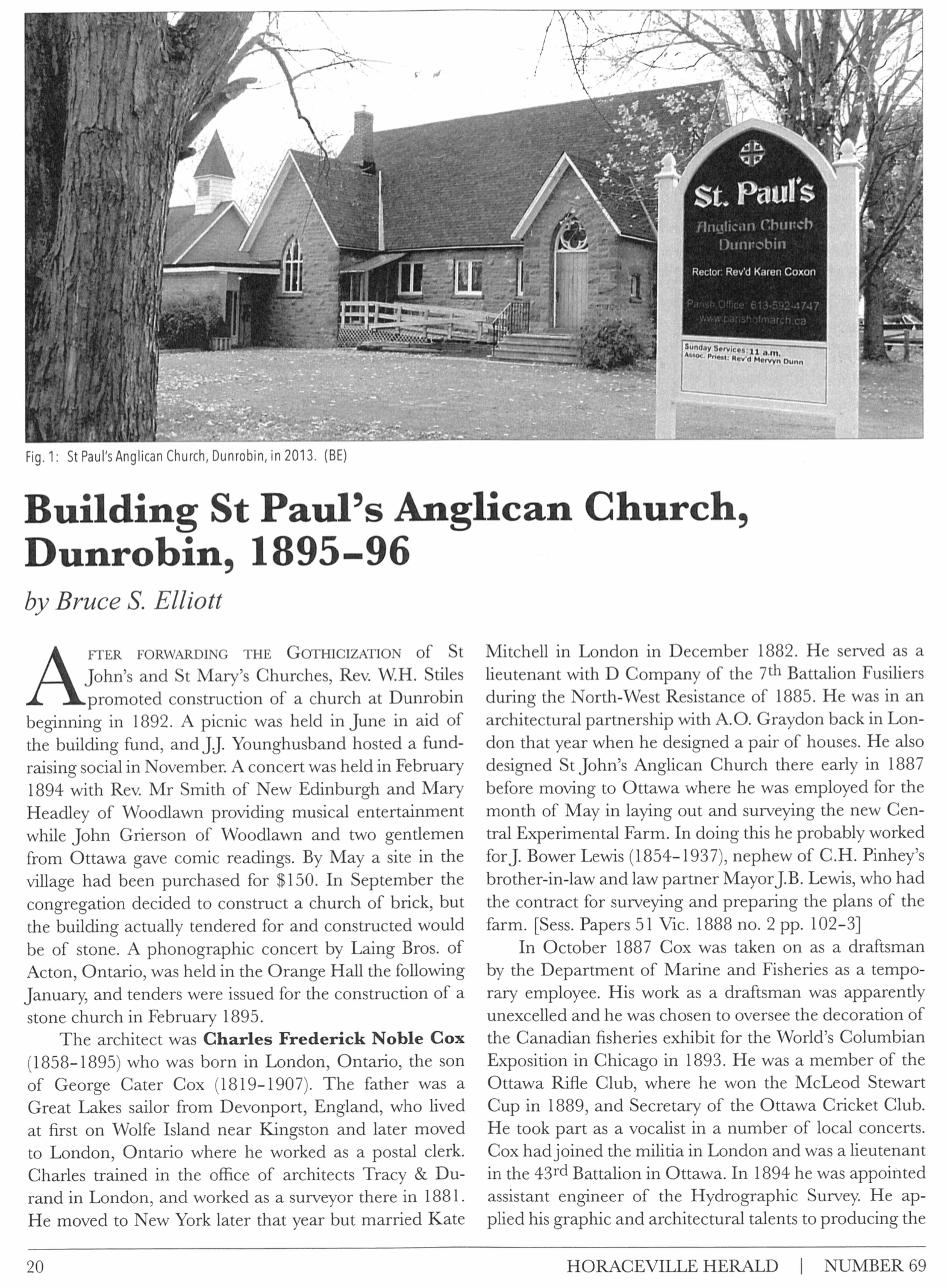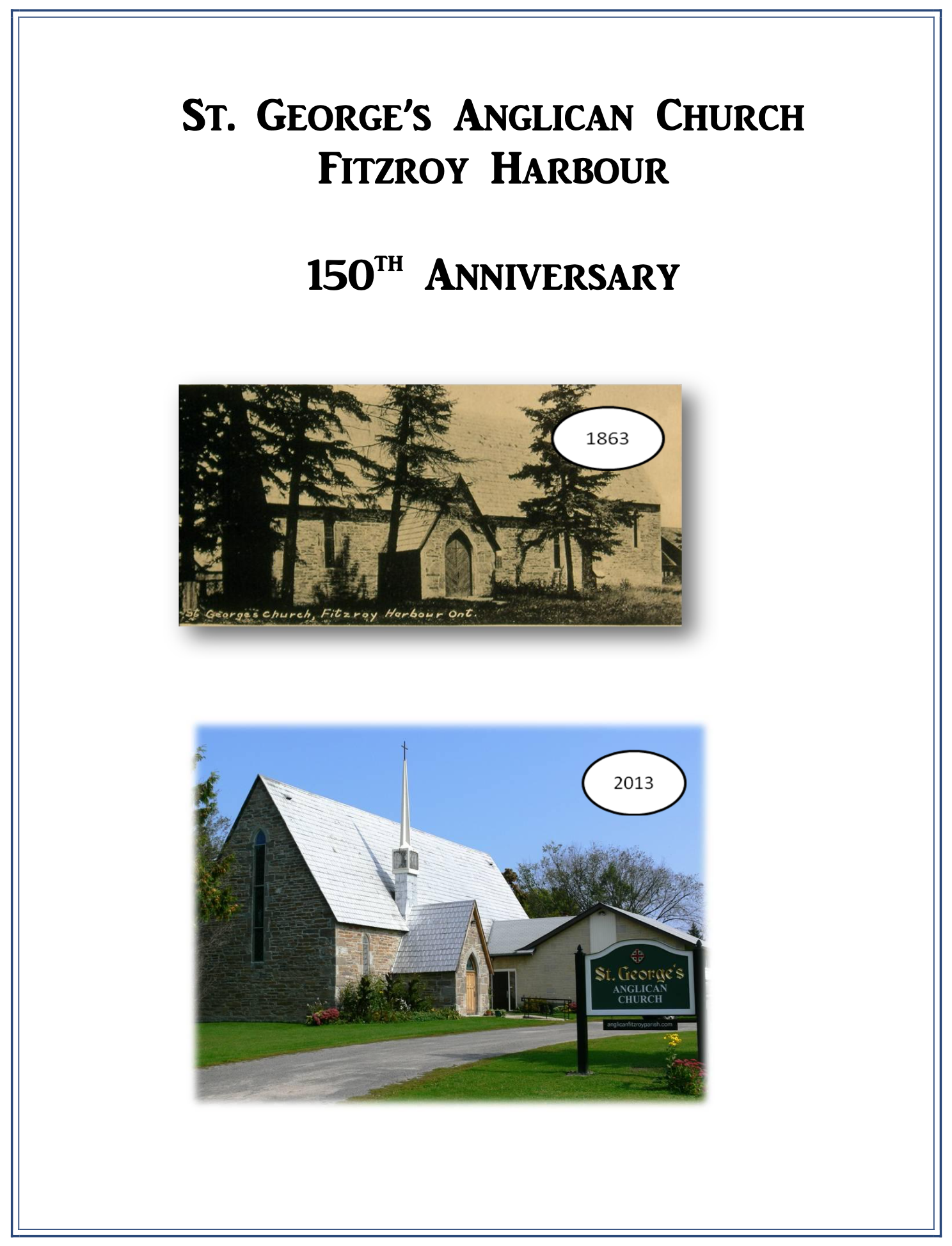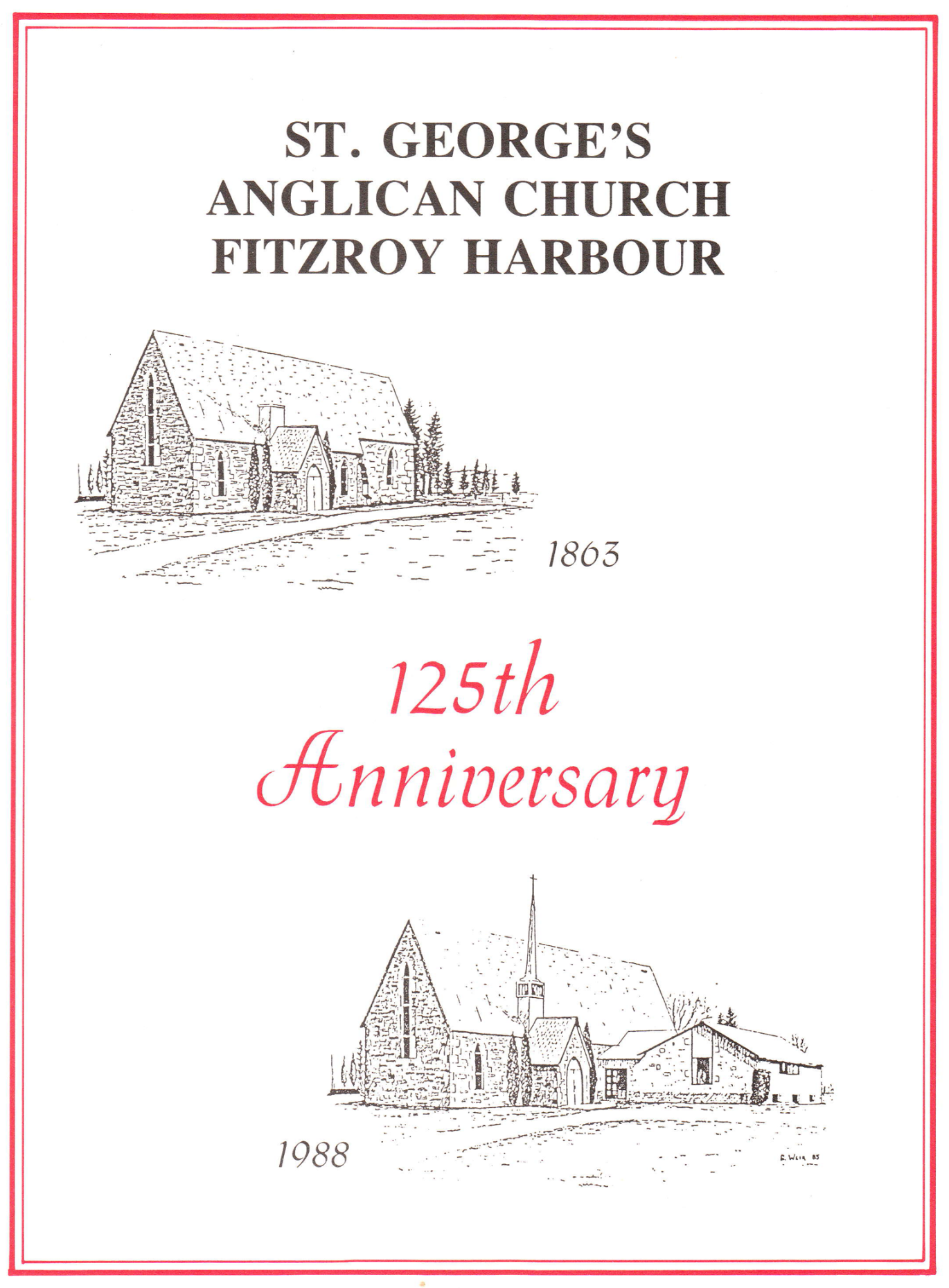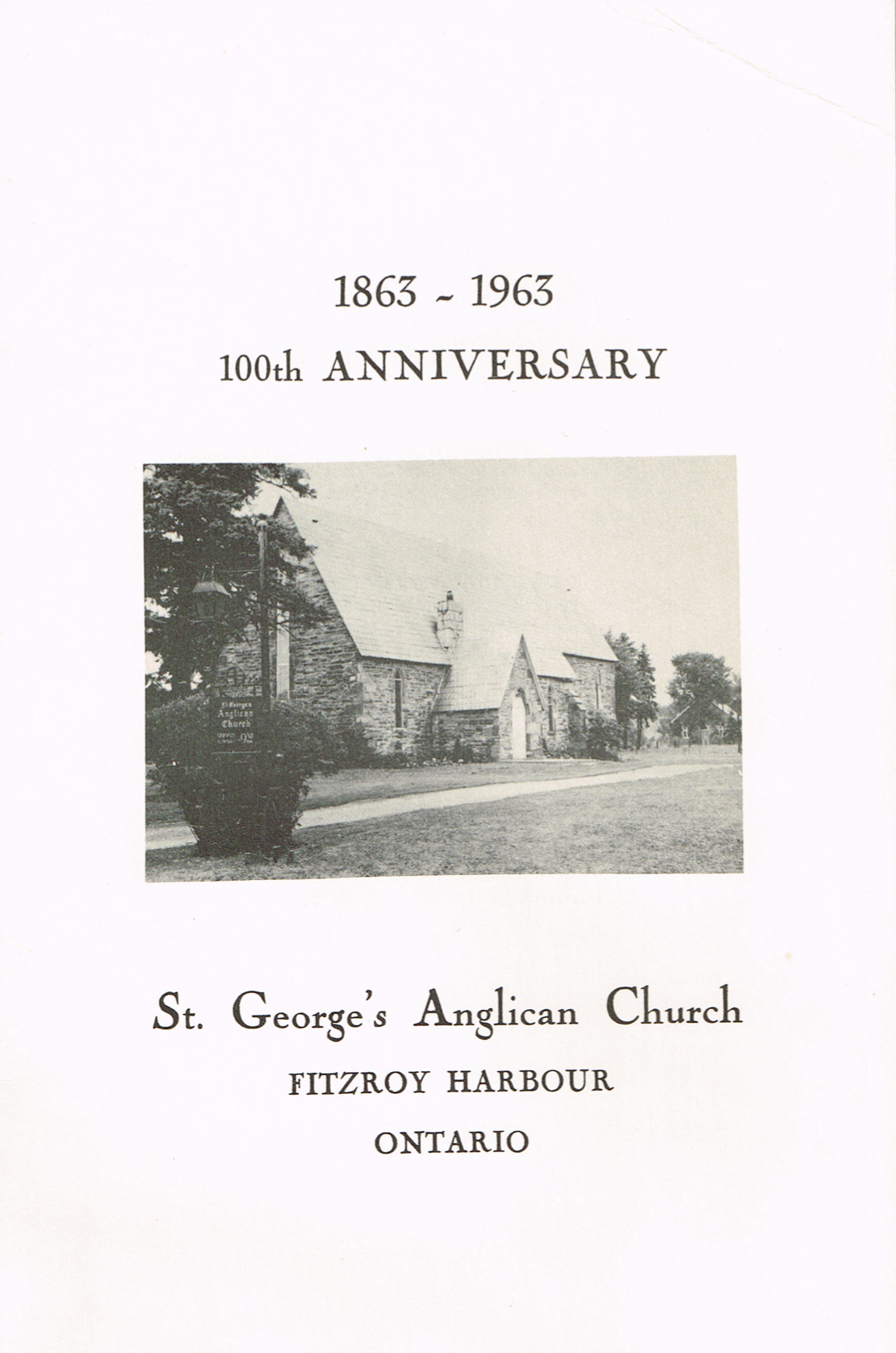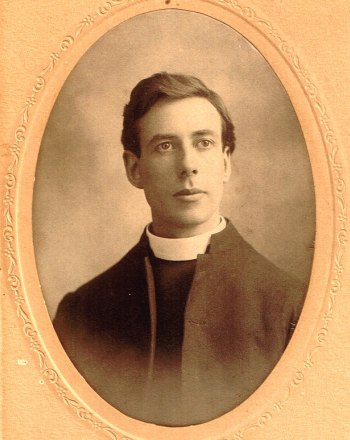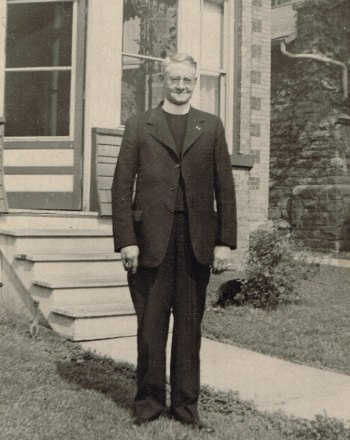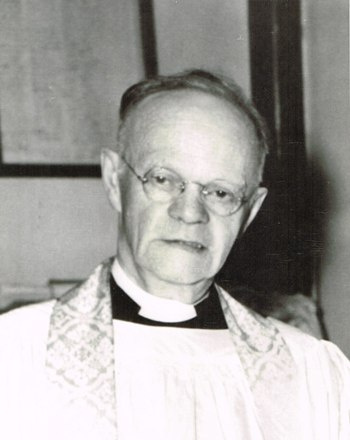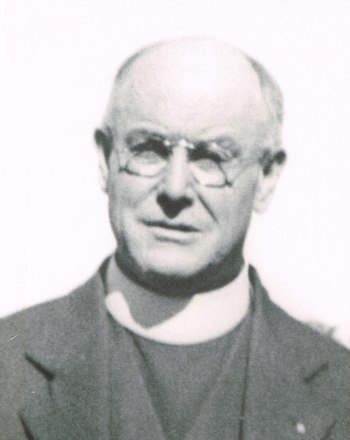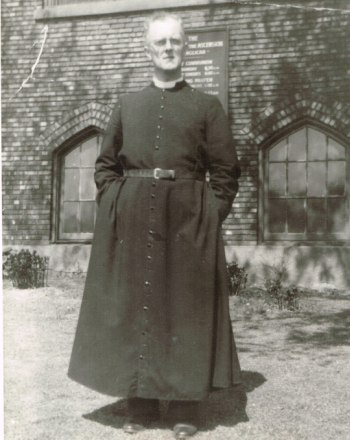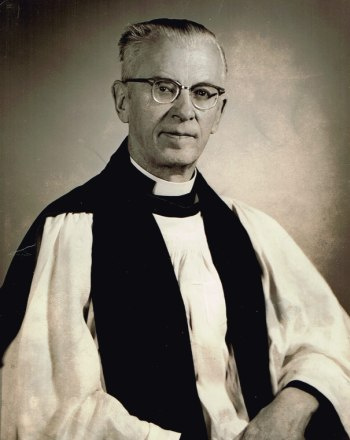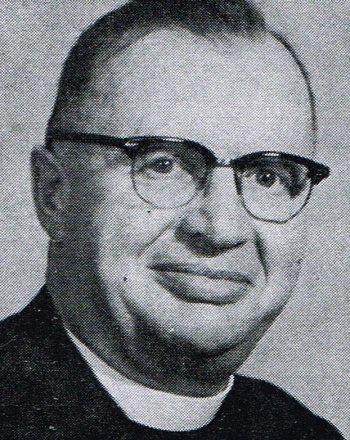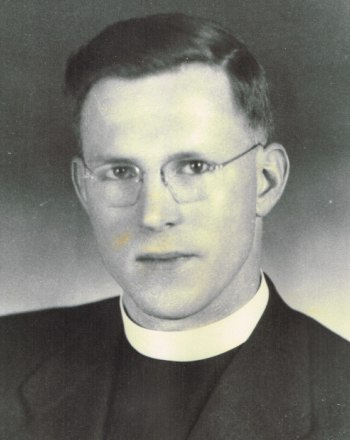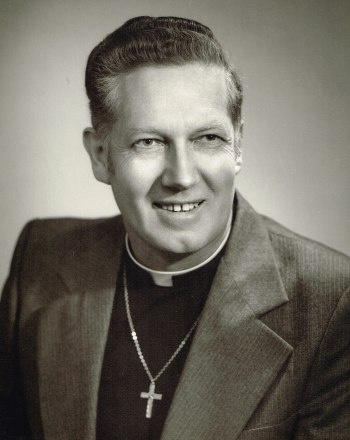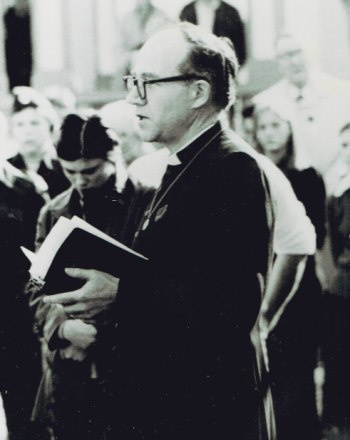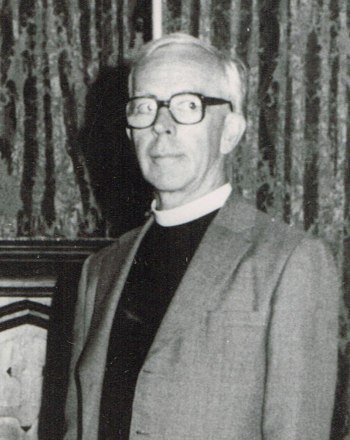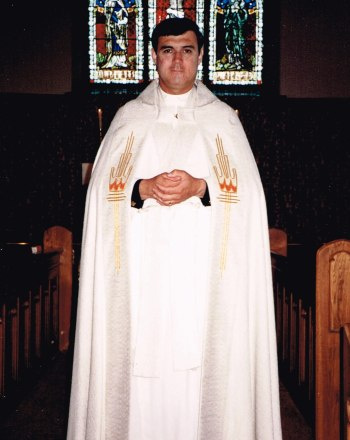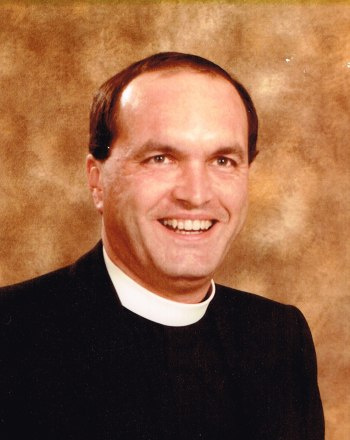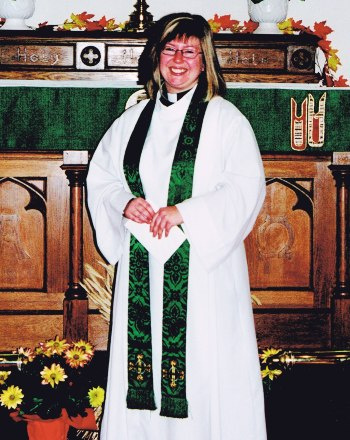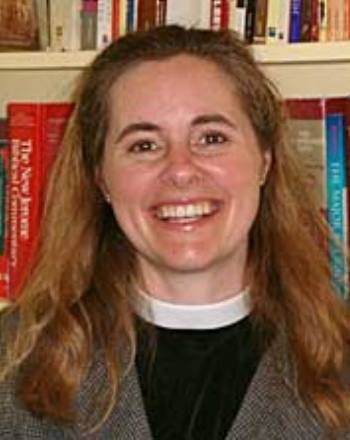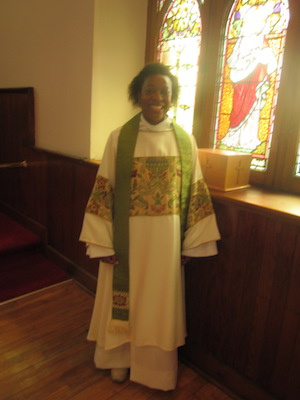Our History
The Parish of West Carleton-March was formed in 2023 by combining St. Thomas' Woodlawn (previously in the Parish of Fitzroy Harbour) and St. Paul's and St. Mary's from the Parish of March.
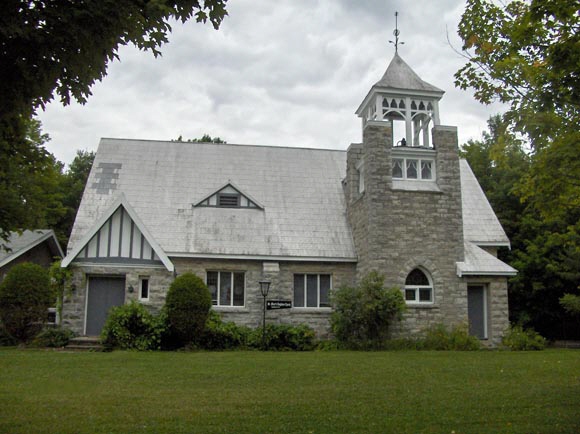
St. Mary's North March
After much local debate as to the best spot to build, the original St Mary’s Church was erected in 1828-1829 on the Ottawa Riverfront acreage of prosperous local businessman, mill operator, and community leader Hamnett Pinhey. Pinhey, several of whose descendants are today still very active members of the Parish, funded the building of the church almost entirely by himself. Beyond his gift of land and use of labour and horses, it is estimated the project cost him between 300 and 400 pounds sterling, with a further 127 pounds being pledged amongst other local gentry of the time.
There had been considerable difference of opinion about whether the church should have gone up where it did – on or very near the riverfront, favouring the generally more prosperous and well-to-do ex-military officers and other better-off settlers who lived there, or much further inland, where it would be more accessible to the usually poorer folk with homesteads there. The riverfront faction won out, with Pinhey’s decisive move to simply end the argument by going ahead and funding construction himself.
The first sermon preached at St Mary’s was given by the Reverend Amos Ansley, who was ferried across the Ottawa River from Aylmer, Quebec, to Pinhey’s choice waterfront property location for the occasion.
The Second St Mary’s, North March
Some 75 years later, the stone work and other parts of this waterfront church had deteriorated to the point that it became necessary in the early 1890s to begin community discussions and planning towards the building of an entirely new St Mary’s – the one you will see still standing today, at 2574 6th Line Road.
The original church having been seen as unsafe, services were being held in the local Orange Hall until the new building went up on land offered by Mr. G.W. Monk. The site was much more convenient and accessible from the then rapidly developing new roadway system well inland from the Pinhey estate.
The new church opened its doors October 19, 1909, under the leadership of the Reverend George Edwin Wegeant.
The ruins of the first St Mary’s, along with the Pinhey home and other features of the scenic riverfront site, have been preserved in the present-day Pinhey’s Point Historic Site – a park and museum now maintained by the City of Ottawa and a small army of volunteer local history buffs. This is also the site of St Mary’s Cemetery, where a memorial service is held each August, and a sunrise service is held Easter Sunday.
For both the St Mary’s rebuild and the earlier building of St Paul’s (1896) at the major community crossroads in Dunrobin, the business of erecting a house of worship was very much a community affair. It saw entire families donating labour, time and money – in the case of St Mary’s, a reported $100 per family, which represented a huge sacrifice, given the buying power of such a huge sum more than a century ago!
The congregation of St Mary's marked the 100th anniversary of the opening of their second church building on 6th Line Road, with a special service held June 14, 2009 with the Bishop of the Diocese of Ottawa, the Rt. Rev. John H. Chapman, participating in the celebration.
Cemetery records can be found here:  www.findagrave.com
www.findagrave.com
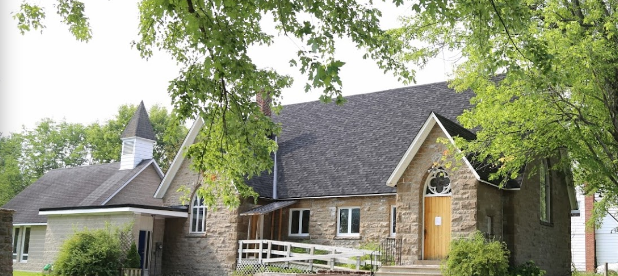
St Paul’s, Dunrobin
In the late 1800s, there was a growing population in the Dunrobin Corners area, and this expanding community needed a closer-to-home alternative to worshipping at either St Mary’s or St John’s.
A December 5, 1894 meeting in the Orange Hall in Dunrobin, under the leadership of the Reverend Walter Henry Stiles, saw a building committee appointed to get to the task of creating our third local church – St Paul’s – which was actually completed two years later. Accounts of that day reveal that the kick-off meeting in the Orange Hall saw ten very committed men pledge the then quite significant sum of $635 towards the project.
Stone was drawn mostly from the local quarry of one Henry Vahey, with ornamental stone pieces being hauled in from Carleton Place. St Paul’s and all the Anglican churches built in early March and surrounding townships were built of stone – in contrast to the small log structures that tended to be favoured by other faith groups. While the church went up, services were conducted in the Orange Hall. When the new church building opened, it is reported the first couple soon thereafter married were a Mr. and Mrs. MacGregor.
St Paul’s added a parish hall in the 1970s and it has since then become an important community and church meeting place.
Cemetery records can be found here: www.findagrave.com
| |
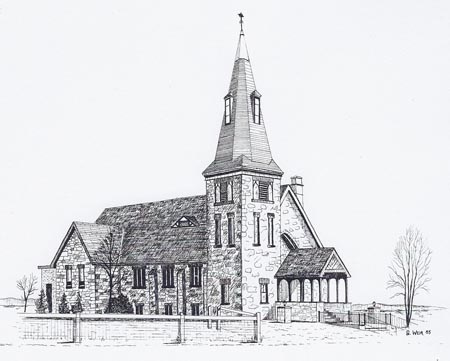
St. Thomas’ Woodlawn
On January 12, 1872, St. Thomas was given one quarter acre of land on the farm of James and Susan Abbott. This land was never used by the church; perhaps because of the location which was between Woodlawn and Dunrobin. The present site (Woodlawn corner) was transferred to St. Thomas on January 18, 1876 by John Hedley and his wife. A document was forwarded to the Rt. Rev. John Travers Lewis requesting him to consecrate St. Thomas Church and Cemetery. On December 20, 1882, Bishop Lewis consecrated the first St. Thomas church. However, it is interesting to note that six years passed before Bishop Lewis was able to come. No doubt, this was because of the difficulty of transportation at the time.
The old building was moved and the existing St. Thomas was re-built in the same location and consecrated in 1915. St. Thomas is located in Woodlawn forty kilometers west of Ottawa. The church is set in a rural environment with members of the congregation living in the countryside surrounding the church or in the nearby communities of Constance Bay, Dunrobin, Kinburn or Shepherd's Grove.
Some members of St. Thomas congregation have families who have lived in this area for generations. Some are still farming, some operate businesses in the area, while many others work in Ottawa or Arnprior. With many new homes being built in the area, and throughout the township, new concentrations of young families are moving into the area.
Excerpts of the history of St Thomas' have been taken from
Torbolton By The River, by Helen V. Wilson
Cemetery records can be found here:  www.findagrave.com
www.findagrave.com

